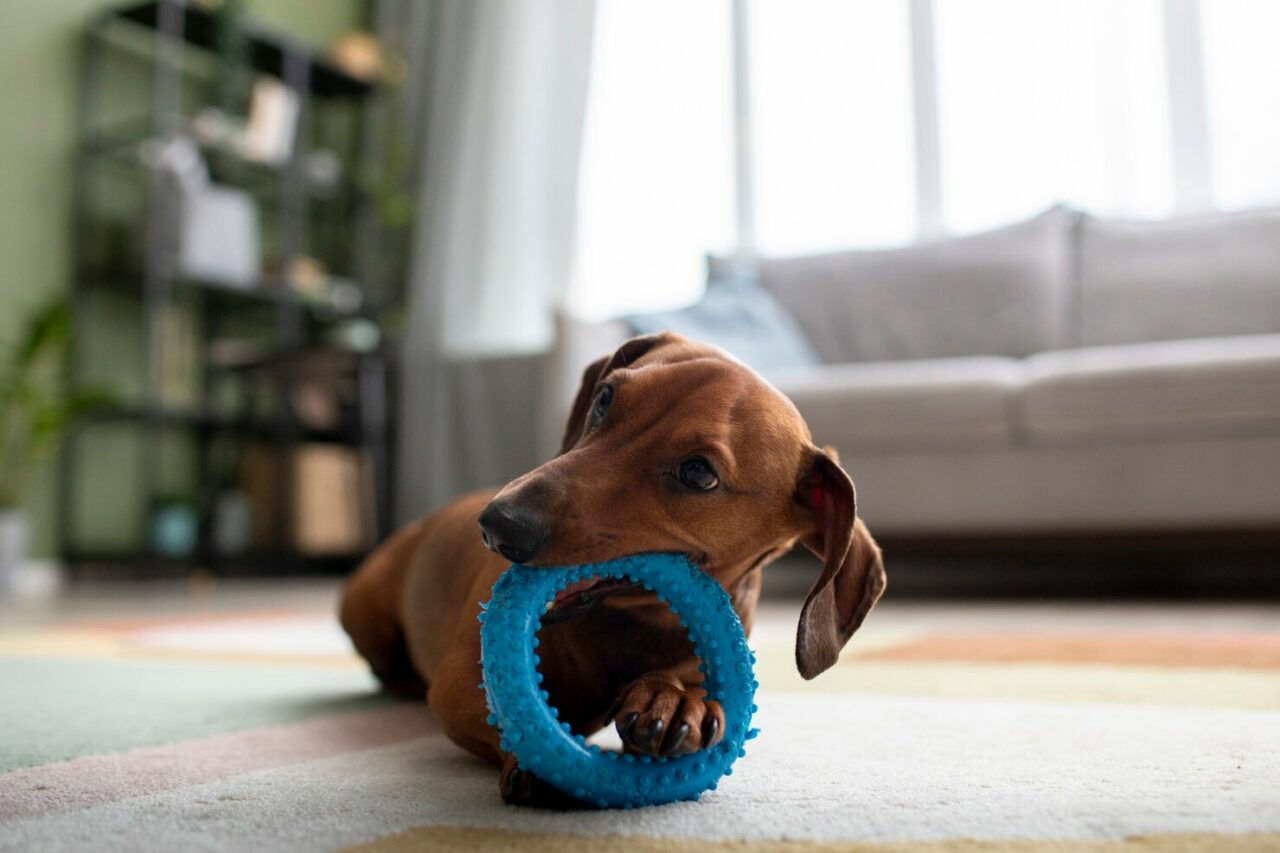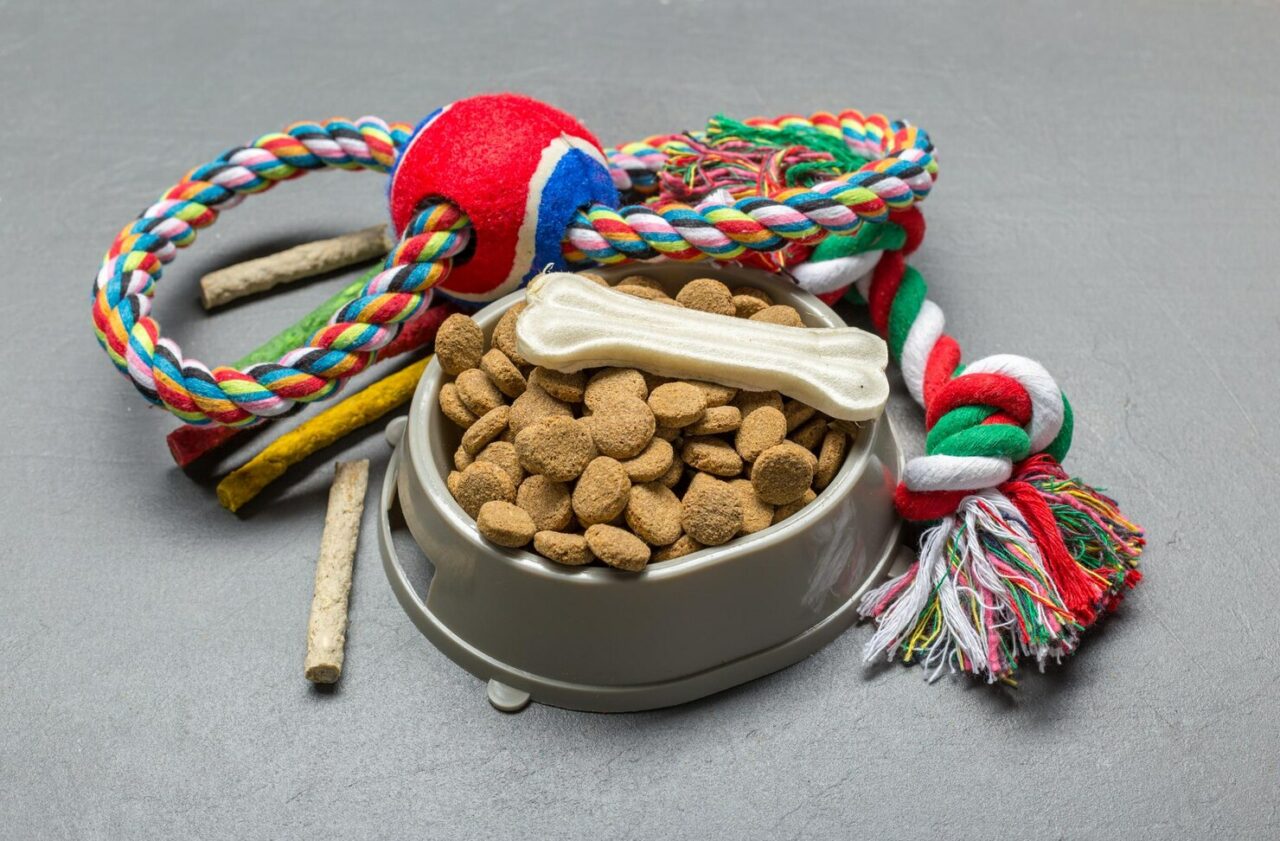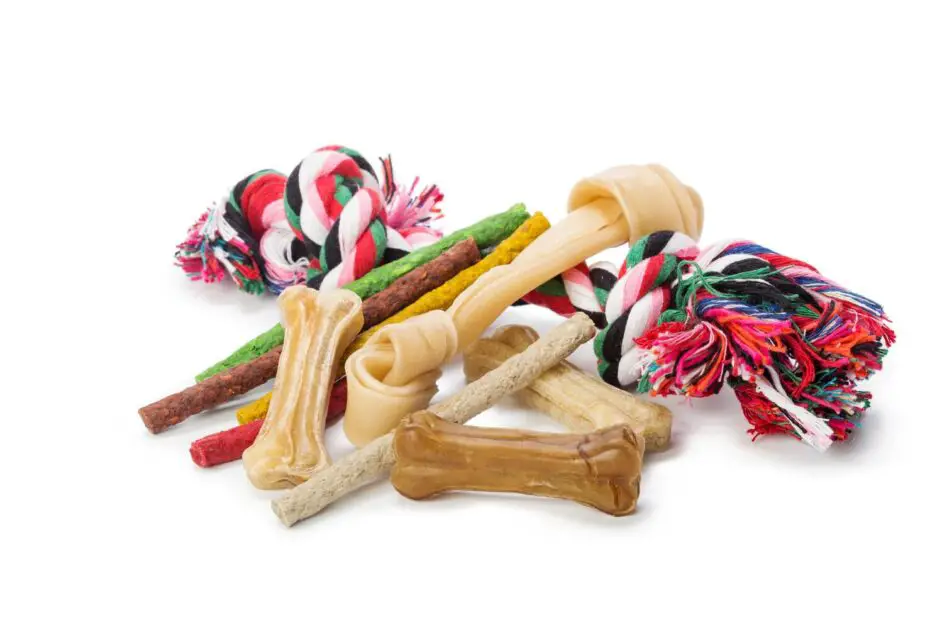Our pets bring us immeasurable joy and companionship, and as pet owners, it’s our responsibility to ensure they lead happy, healthy, and enriched lives. One way to achieve this is through interactive play and mental stimulation, which can be easily provided through DIY pet toys. Not only are these toys budget-friendly, but they also allow you to get creative while catering to your pet’s unique needs and preferences.
In this comprehensive guide, we’ll explore the world of DIY pet toys, offering ideas and step-by-step instructions to keep your furry friends entertained and mentally engaged.
You may also want to know why dogs like sticks.
The Importance of Enrichment Toys for Pets
Before we dive into the exciting world of DIY pet toys, let’s understand why enrichment toys are essential for our beloved pets:
1. Mental Stimulation
Enrichment toys challenge your pet’s mind, providing mental exercise that can prevent boredom and reduce destructive behaviors.
2. Physical Activity
Interactive toys encourage physical activity, promoting exercise and helping your pet maintain a healthy weight.

3. Bonding Opportunities
Playing with your pet using DIY toys creates a stronger bond between you and your furry friend.
4. Stress Relief
Enrichment toys can help alleviate stress and anxiety in pets, especially when left alone for extended periods.
5. Preventing Behavioral Issues
By keeping your pet mentally and physically engaged, you can prevent common behavioral problems like excessive barking, digging, or chewing.
Now, let’s explore a variety of DIY pet toys you can make for your cats, dogs, and even small animals.
DIY Toys for Cats
Cats are known for their playful nature, and DIY toys can keep them entertained for hours. Here are some homemade cat toy ideas:
1. Feather Wand
Materials: Wooden dowel, string, feathers
Instructions:
- Attach a string to the end of a wooden dowel.
- Secure several feathers to the string.
- Wave the feather wand in front of your cat, enticing them to pounce and play.
2. Sock Mouse
Materials: Old sock, catnip, thread
Instructions:
- Fill an old sock with catnip.
- Tie a knot or sew the end to seal it.
- Your cat will love batting, carrying, and pouncing on their new sock mouse.
3. Cardboard Box Maze
Materials: Cardboard boxes, scissors, duct tape
Instructions:
- Cut holes in various sides of cardboard boxes.
- Tape the boxes together to create a maze.
- Place toys or treats inside the boxes to encourage exploration and play.
4. Paper Ball
Materials: Scrap paper
Instructions:
- Crumple a piece of scrap paper into a ball.
- Cats love batting and chasing after these lightweight paper balls.

5. Puzzle Feeder
Materials: Empty plastic bottles, treats
Instructions:
- Cut small holes in an empty plastic bottle.
- Fill the bottle with your cat’s favorite treats.
- Your cat will have to roll and manipulate the bottle to release the treats.
DIY Toys for Dogs
Dogs are active and curious, making them ideal candidates for DIY toys. Here are some homemade dog toy ideas:
1. Tennis Ball Treat Dispenser
Materials: Tennis ball, sharp knife
Instructions:
- Make a small slit in a tennis ball.
- Fill the ball with small treats or kibble.
- As your dog plays with the ball, treats will gradually fall out.
2. Braided Tug Toy
Materials: Old t-shirts or towels
Instructions:
- Cut old t-shirts or towels into strips.
- Braid the strips together tightly.
- Knot the ends to secure the braid, creating a tug toy.
3. Sock Squeaky Toy
Materials: Old sock, empty water bottle
Instructions:
- Place an empty water bottle inside an old sock.
- Tie a knot in the sock to secure the bottle.
- As your dog bites and chews the toy, it will make a satisfying crunching sound.
4. Frozen Treats
Materials: Ice cube tray, dog-friendly ingredients (e.g., peanut butter, yogurt, banana slices)
Instructions:
- Fill an ice cube tray with dog-friendly ingredients.
- Freeze until solid.
- Offer the frozen treats to your dog for a tasty and cooling toy.
5. Sock Ball
Materials: Old tennis ball, sock
Instructions:
- Cut a hole in an old tennis ball.
- Place the tennis ball inside an old sock.
- Tie a knot in the sock to secure the ball.
- Your dog can toss and chew on the sock ball.
DIY Toys for Small Animals
Small animals like rabbits, guinea pigs, and hamsters also benefit from enrichment toys. Here are some ideas for DIY small animal toys:
1. Cardboard Tunnel
Materials: Cardboard tubes, cardboard boxes
Instructions:
- Connect cardboard tubes and boxes to create a maze or tunnel.
- Add small treats or hay to encourage exploration.
2. Treat Ball
Materials: Empty toilet paper roll, small treats
Instructions:
- Fill an empty toilet paper roll with small treats or hay.
- Fold the ends of the roll inward to seal the treats inside.
- Let your small pet roll and nibble to access the treats.
3. Homemade Hideout
Materials: Shoebox, scissors, non-toxic glue
Instructions:
- Cut a hole in a shoebox to create an entrance.
- Glue safe materials like untreated cardboard or hay inside to create a cozy hideout.
4. Hay Dispenser
Materials: Empty plastic bottle, hay
Instructions:
- Cut small holes in an empty plastic bottle.
- Fill the bottle with hay.
- Your small pet will enjoy pulling hay from the holes.
5. Fruit Kebabs
Materials: Skewer, safe fruits (e.g., apple slices, grapes), hay
Instructions:
- Thread safe fruits onto a skewer.
- Add hay between the fruit pieces.
- Hang the kebab in your small pet’s enclosure for them to nibble on.
Safety Tips for DIY Pet Toys
While DIY pet toys are a great way to provide enrichment, safety should always be a top priority:
- Supervision: Always supervise your pet when introducing a new toy to ensure they play safely.
- Materials: Use non-toxic and safe materials for your DIY toys. Avoid small parts that can be swallowed or choked on.
- Size Matters: Choose toy sizes appropriate for your pet’s breed and size.
- Regular Inspection: Regularly inspect DIY toys for signs of wear and tear. Replace or repair damaged toys to prevent accidents.
- Allergies: Be mindful of any allergies your pet may have to certain materials or ingredients used in DIY toys.
- Know Your Pet: Consider your pet’s preferences and play style when crafting toys. Some pets prefer puzzle toys, while others enjoy interactive play.
Conclusion
DIY pet toys are a fantastic way to provide mental stimulation and physical exercise for your beloved furry, feathered, or scaled companions. Whether you have a curious cat, a playful pup, or a small animal looking for enrichment, these homemade toys offer endless possibilities for fun and engagement. So, gather your materials, get creative, and watch as your pet enjoys hours of entertainment with the toys you’ve lovingly crafted just for them. Happy crafting, and even happier playtime!
